A 21, rue d’Artois, f-75008 paris a1-109 cigre 2010
| Вид материала | Документы |
- Peng Chambon Perrier) в Секретариат wan, 25 rue d’Astorg, 75008 Paris France тел: +33, 1869.45kb.
- Дальнего Востока: (Материалы научно-практической конференции, посвященной 75-летию, 60.62kb.
- Статья опубликована в издании, 113.95kb.
- Постановления Администрации Алтайского края от 01. 11. 2010 n 478 Губернатор Алтайского, 3533.62kb.
- Отчет о проведении Дня гражданской обороны 20 марта 2010 года в Кондратовской специализированной, 76.01kb.
- Автор: В. П. Бабинцев,, 676.97kb.
- Лицензия турагента: ав 157766 Донецкая обл г. Краматорск ул. Шкадинова,, 311.56kb.
- -, 4708.7kb.
- Киева каскад 4-6 (в период с 01. 04. 10-31. 10. 10), 280.34kb.
- Париж… секреты притяжения!, 501kb.
A
21, rue d’Artois, F-75008 PARIS A1-109 CIGRE 2010
http : //www.cigre.org
 synchronous generators as power system’s natural dampers
synchronous generators as power system’s natural dampers K.R. ALLAYEV G.M. FEDORENKO
Tashkent State Technical University V.I. POSTNIKOV Uzbekistan L.B. OSTAPCHUK
Institute of Electrodynamics Ukrainian Academy of Sciences
Ukraine
SUMMARY
The recent prospects of constructing thermal solar power stations in Northern Africa (and elsewhere) with a subsequent transfer of generated electricity to Europe via HVAC transmission lines is of considerable interest to electric power system planners and engineers. In the 1970s-80-s, the authors were engaged in the research of asynchronous turbogenerators (ATGs) as a means to increase generation and power system stability in the former Soviet Union. The research covered a large span of problems, including the generator design, parameters and system behaviour. It is believed that these studies can be useful for the future HVAC power systems. In the report, the results of integrated calculations and experimental research of modelled electric power systems (EPS), containing large asynchronous turbogenerators are given. The study of influence of synchronizing power, the damping coefficient and self-regulation of ATGs on electric power system’s behaviour has shown that ATGs could serve as efficient natural dampers of low-frequency oscillations. The effect of ATG rotor design has also been investigated experimentally on various models.
KEYWORDS
HVAC transmission, power system stability, asynchronous turbogenerator, low frequency oscillation, damping.
Introduction
There is a revival of interest today for power systems employing the long
and extra long HVAC transmission lines. Particularly, this relates to solar power transfer from the northern parts of Africa and Middle East to Europe via Mediterranean sea (the so-called MENA project). [1] Analogous schemes exist for delivering electricity from other renewable sources (such as wind, or hydro) to various locations via long distances.
One of the serious problems of long transmission lines is the stability of HVAC systems. This becomes the stumbling block for conventional synchronous machines connected to the extended grid since their parameters deteriorate the system’s behaviour. The combined tuning of regulators of machines’ aggregates, stations and systems aimed to provide the required stability and damping of oscillations has not yet been achieved. As a result, the power system is subjected to loose oscillations, both in no-load and load regimes. Such oscillations could eventually grip the whole system and lead to a system breakdown [2-5].
At the early stage of power systems’ evolution, the generators had to send both active and reactive power along the transmission line, that is, the voltage control was provided by synchronous generators, and/or in some cases by synchronous compensators, near the receiver end. Because the lines had moderate distances and/or voltages, the application of asynchronous generators had not been justified since they required additional magnetizing (reactive) power.
In modern large and extended power systems, the principles of generation and
distribution of reactive power have radically changed: the active and reactive power are now being generated separately, while the required reactive power at the load side is provided by static capacitors.
The analysis has shown that synchronous machines can generate up to 70% of all required reactive power in the system. At the same time, the transfer of reactive power along the HV transmission lines of considerable length should be deemed uneconomical because of losses and voltage instability. Thus, the reactive power transfer is limited to 25-70 km [5].
Conventional synchronous compensators, as well as double-fed machines, cannot adequately perform the phase-voltage control because of inertia. The static sources of reactive power – static thyristor compensators (STC) - are free from such disadvantages, and are capable to control the phase voltage within 2-4 cycles. According to estimates made by ASEA specialists, the static sources are 1.5-2 times cheaper than synchronous compensators of similar capacity. The losses in uncontrolled static sources are in the range of 2-4 kW/MVAr, while in controlled sources - 6-10 kW/MVAr, which is lower than in synchronous compensators (12-13 kW/MVAr). The unit capacity of static sources reaches 600 MVA [5 - 7].
The alternative approach is the use of large asynchronous solid-rotor turbogenerators, having no conventional field winding on rotor (usually, solid toothed rotor, or a squirrel-cage), in combination with static sources of reactive power. The extensive study of such machines has shown that they could significantly enhance the system’s behaviour and resolve stability problem in HVAC transmission.
1. Design of large ATGs. The ATGs do not have conventional one-axis rotor winding and excitation system (contact rings), therefore, their rotor diameter is restricted only by the ultimate strength of rotor material.
The ATG rotor is symmetrical both in mechanical and electromagnetic relations, which eliminates the problem of double-frequency rotor vibration, characteristic of synchronous turbogenerators (STG).
As is well known, the air gap in STGs must secure the required reactivity, that is, provide the stability of synchronous machine. In ATG, on the contrary, the air gap can be minimal (usually, twice less) and is chosen on technological considerations and surface losses. [8,9].
Parameters of ATG model (5 kW, U=230 V)
Таble 1
| Rotor type | Power Factor  | Nominal Slip SN, % | Overload Capacity Рm/Pн |
| Smooth solid | 0.47 | 5 | 0.7 |
| Toothed solid, z2=48 | 0.58 | 4 | 1.2 |
| Solid, with a copper squirrel cage, z2=48 | 0.84 | 0.87 | 2.9 |
| Solid with a squirrel copper cage, z2=80 | 0.87 | 0.75 | 3.8 |
Estimated parameters of large asynchronous turbogenerators
Table 2
| Parameter | Rated Capacity of ATG, MW | ||
| 200 | 500 | 1200 | |
| Slip, % | 0.08-0.12 | 0.08-0,11 | 0.06-0,1 |
| Critical Slip, % | 0.24 | 0.32 | 0.22 |
| Power Factor | 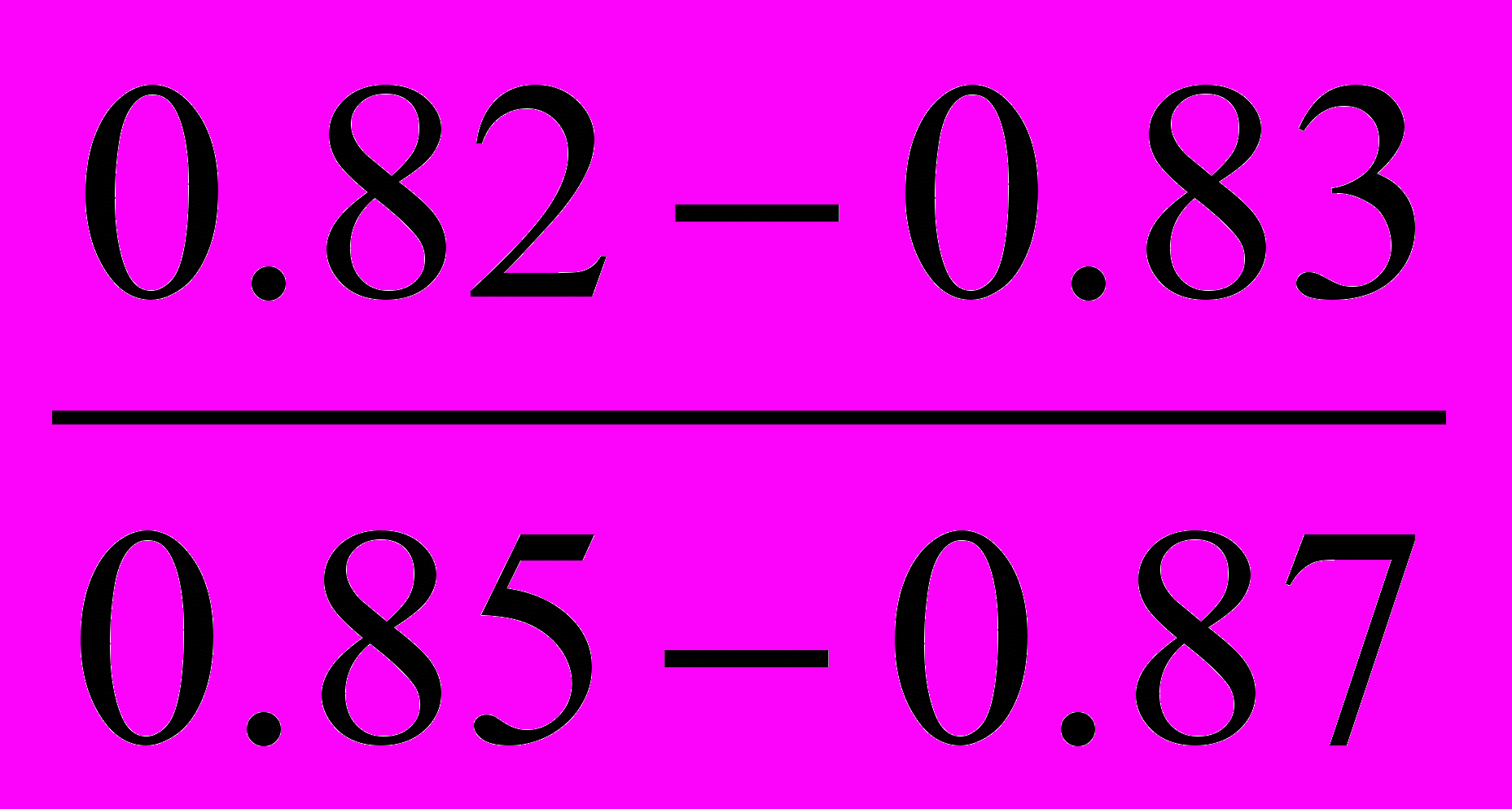 |  | 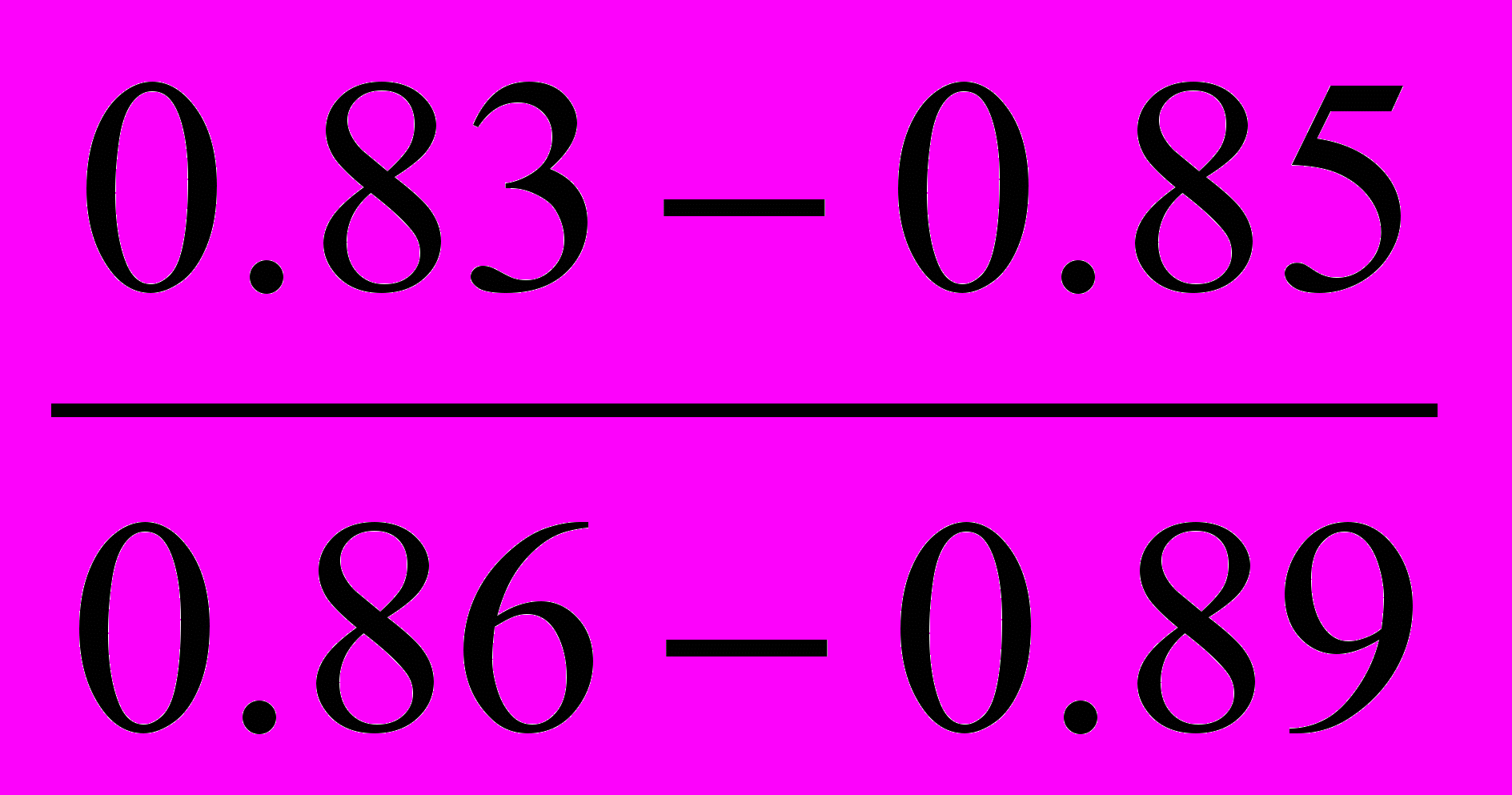 |
| Inductance, p. u. | 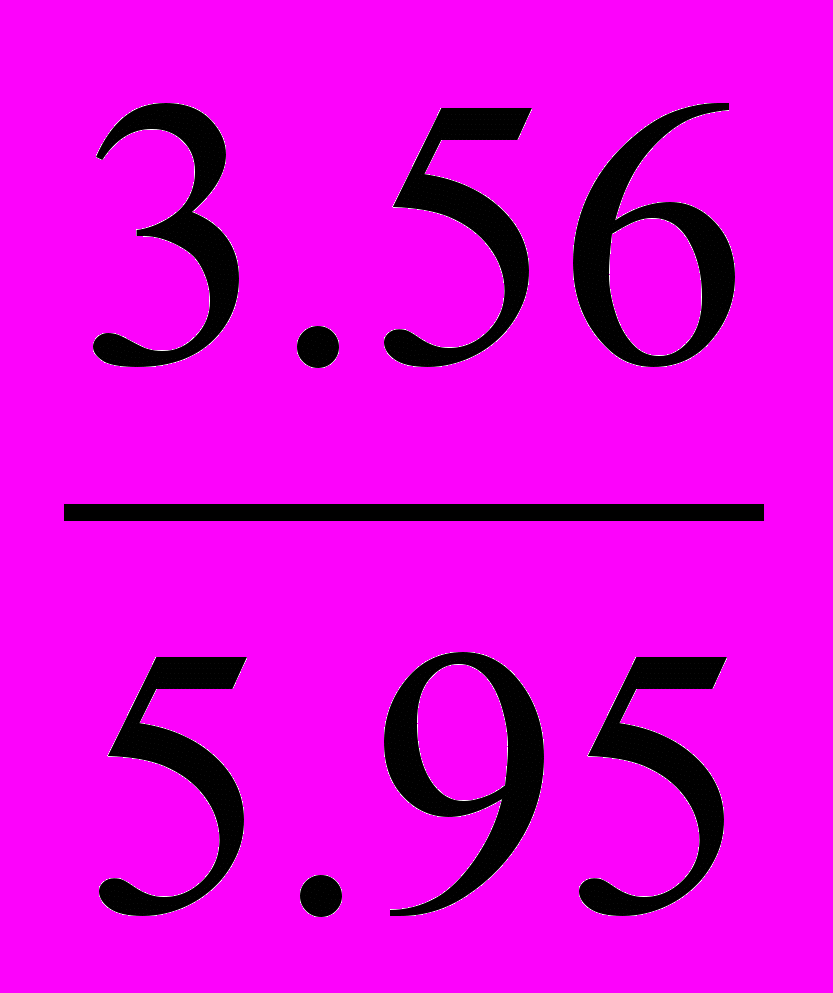 |  |  |
The capacity of asynchronous generator is increased due to increased rotor diameter, while the size of stator is kept constant. The optimal designs of ATGs have been developed by researchers at Kharkiv Elektrotyazhmash enterprise and Institute of Electrodynamics (Ukrainian Academy of Sciences) for a series of machines in the range of 200 - 1200 MW (Table 2).
It was found that the power factor can be raised to 0.9 and even higher, with nominal slips in the range of 0,1 - 0,25% , and efficiency not lower than those of synchronous turbogenerators of the same capacity [11-19]. (The calculations have been made on the following conditions: the stator parameters remain in conformity with synchronous turbogenerators; the geometry of rotor’s wound zone is optimized, slots are filled with copper bars. In Table 2, the power factor is given for two gaps: 0.5 (above) and 0.3 (below) of the corresponding gap length in synchronous turbogenerator.
In Table 1 the calculated characteristics of an experimental 25 MW ATG model for various rotor designs are given. The obtained characteristics and regime parameters have demonstrated high operation stability of the model.
The calculated and experimental data have confirmed the possibility of constructing the solid-rotor ATGs with high efficiency and stability.
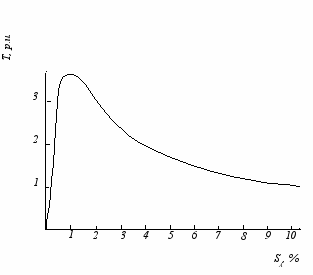
Fig. 1. Torque characteristics of ATG – 25
Generator parameters: Рн=25 MW, cosφ=0,87, nominal slip - 0,11%, critical slip - 0,11%,
maximum torque - Tm=3,46 p.u.
2. EPS regimes with ATG. The design of solid rotor influences the value of s.c.r. which is generally 15-40 % lower than in synchronous turbogenerators of similar capacity. If we take the s.c. current of a smooth-rotor ATG as 100%, the toothed solid rotor will give 110-115 %, and copper squirrel cage - 150-180%, whereas the s.c. current in STG reaches 250%.
In smooth and toothed solid rotor over-voltages are found to be 25-40 % lower than in STG, while in squirrel cage rotor, over-voltages have not been practically observed.
It has also been found that due to field control of synchronous machines running in parallel with asynchronous machines the limits of power transfer is 15-20% greater than in the system equipped with synchronous machines solely.
The stability areas provided by automatic field control with joint STG-ATG operation are larger than those of individual STGs. The coefficients of channel amplification of STG field control on regime parameters in case of joint operation are increased 2-10 times as compared with individual STGs operation.
The limits of system stability are expanded by introduction of asynchronous generators in all combinations, while a certain ratio of STGs/ATGs can totally eliminate oscillations in the system.
The limits of dynamic stability of the system, containing ATGs, are also expanded. It is being achieved via additional field control of STGs taking into account the reactive power re-distribution between the both types of machines.
The asynchronous regimes in power systems containing ATGs are generally safer. This can be explained by the fact that ATGs continue to carry nominal load while damping the oscillations. Because of reduced oscillations, synchronous machines can easily be re-synchronized.
The field control of synchronous machines set in concordance with asynchronous regimes simplifies the procedure of re-synchronization.
It is advised to equip the stations with a certain ratio of synchronous and asynchronous machines. The latter are supplied with a surplus of reactive power from adjacent synchronous machines, and the overall stability of the system increases. As is shown below, the significant advantages of such mix are manifested during transient conditions.
It is estimated that a share of asynchronous machines should not exceed 50% within one station.
Synchronous and asynchronous generators running in parallel and coordinated in capacity, is a self-regulated system, capable to suppress the disturbances in the system, and this was confirmed by calculations and experiments.
3. Oscillations and control of STG-ATG aggregate. It is known that the frequency of natural oscillations in STG (С) is significantly greater than damping decrement of machine’s oscillation (С), that is, the ratio of
 defines the presence of rotor oscillations in STGs .
defines the presence of rotor oscillations in STGs . With approximately similar constants of inertia in ATG-STG aggregates, we have
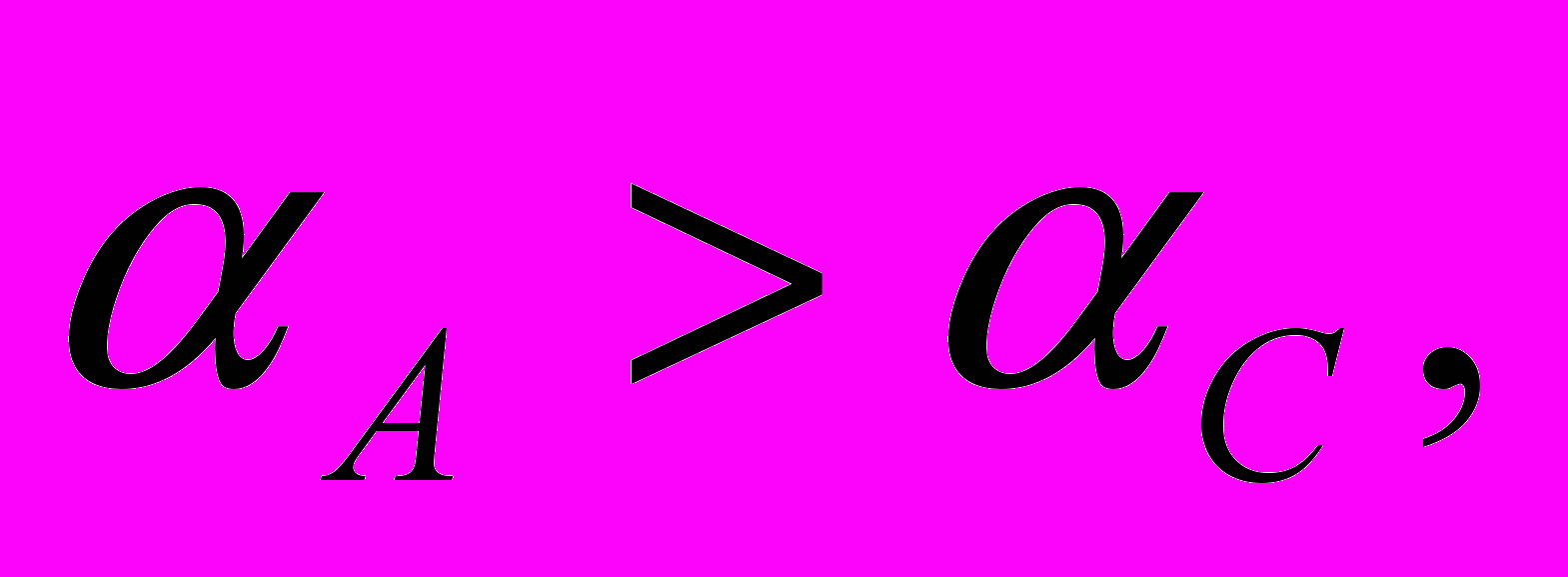 и
и 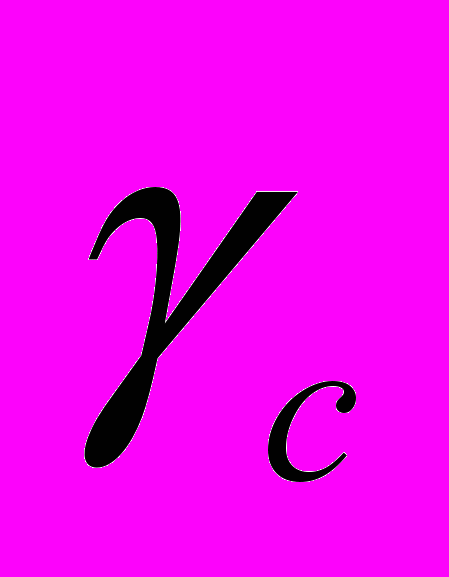 >
> ; therefore, the coefficient of ATG regulation on speed is greater than in STG. This is explained by greater vulnerability of synchronous machines to disturbances in the system.
; therefore, the coefficient of ATG regulation on speed is greater than in STG. This is explained by greater vulnerability of synchronous machines to disturbances in the system. The analysis has shown that the design of ATG rotor notably impacts the regulation of the aggregate on speed: its amplitude for a squirrel cage rotor is much greater than for a smooth rotor.
In transient conditions, for example, at load/voltage surges, the eddy currents occurring in ATG rotor body, produce substantial synchronizing forces (Fig. 2), which in normal regimes are small.
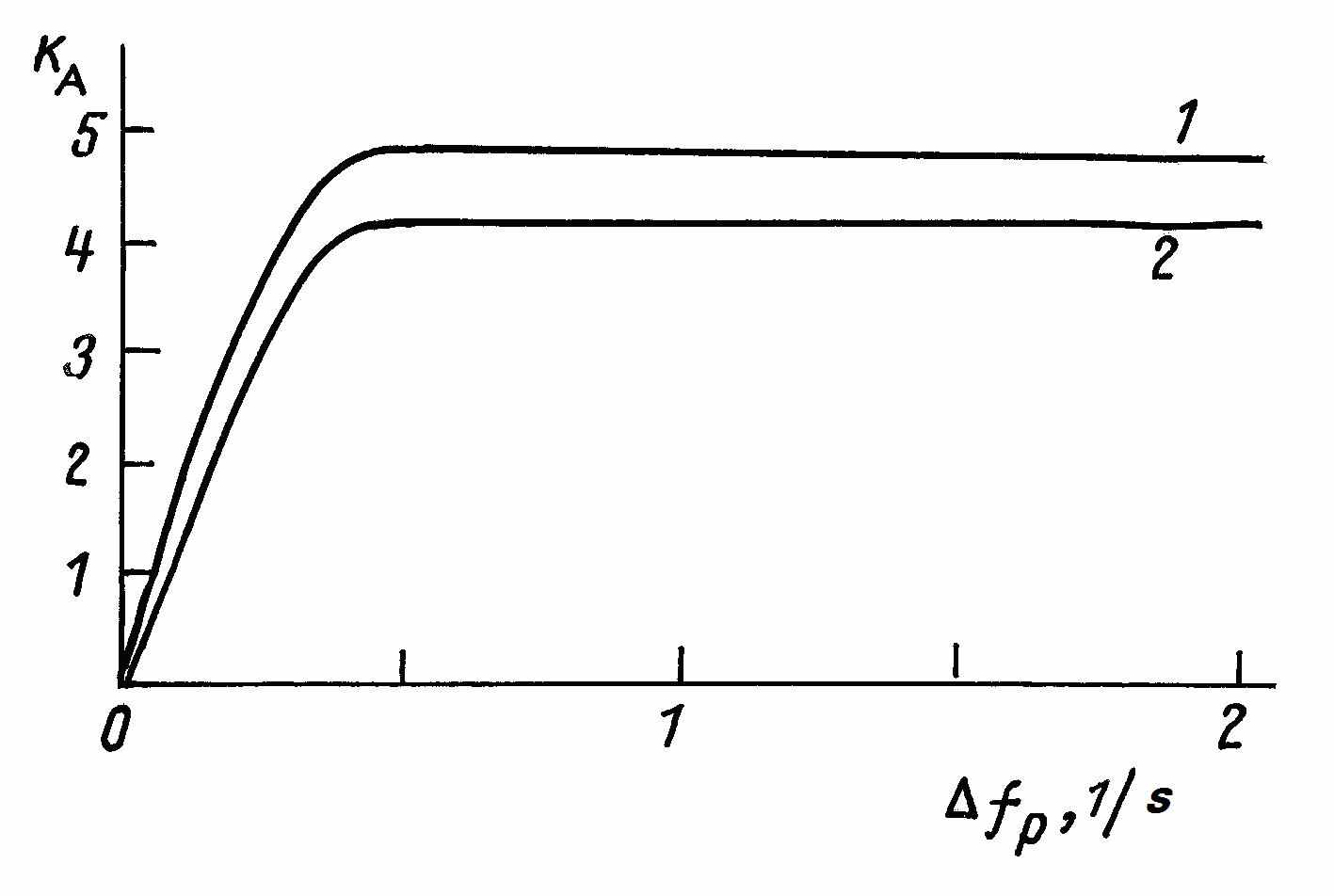
Fig.2 Coefficient of synchronizing (KA) for ATG-500 vs frequency of rotor swinging.
Nominal slip is 0,08 %, critical slip -0,32%, Tм =2,5 p.u. (1-no-load; 2- nominal load)
In no-load regimes, considerable damping torques take place decreasing ATG rotor oscillations, whereas in STGs, under similar conditions, the damping torques are significantly lower which leads to swinging. This was clearly observed during experiments. The analysis has shown that under load conditions, large ATGs secure higher damping torques.
The calculations and experiments showed that due to significant self-regulation of the ATG aggregate, constant error response of speed regulator may be somewhat reduced compared to its normative value; transients take a-periodic character, and dangerous run-off of angular velocity will not occur. It is impossible to have similar effect in the STG aggregate.
Therefore, asynchronous generators, however in principle an oscillatory system, owing to powerful symmetric rotor damper, have greater damping coefficients and synchronizing torques in transient regimes and thus are less vulnerable to disturbances in power system.
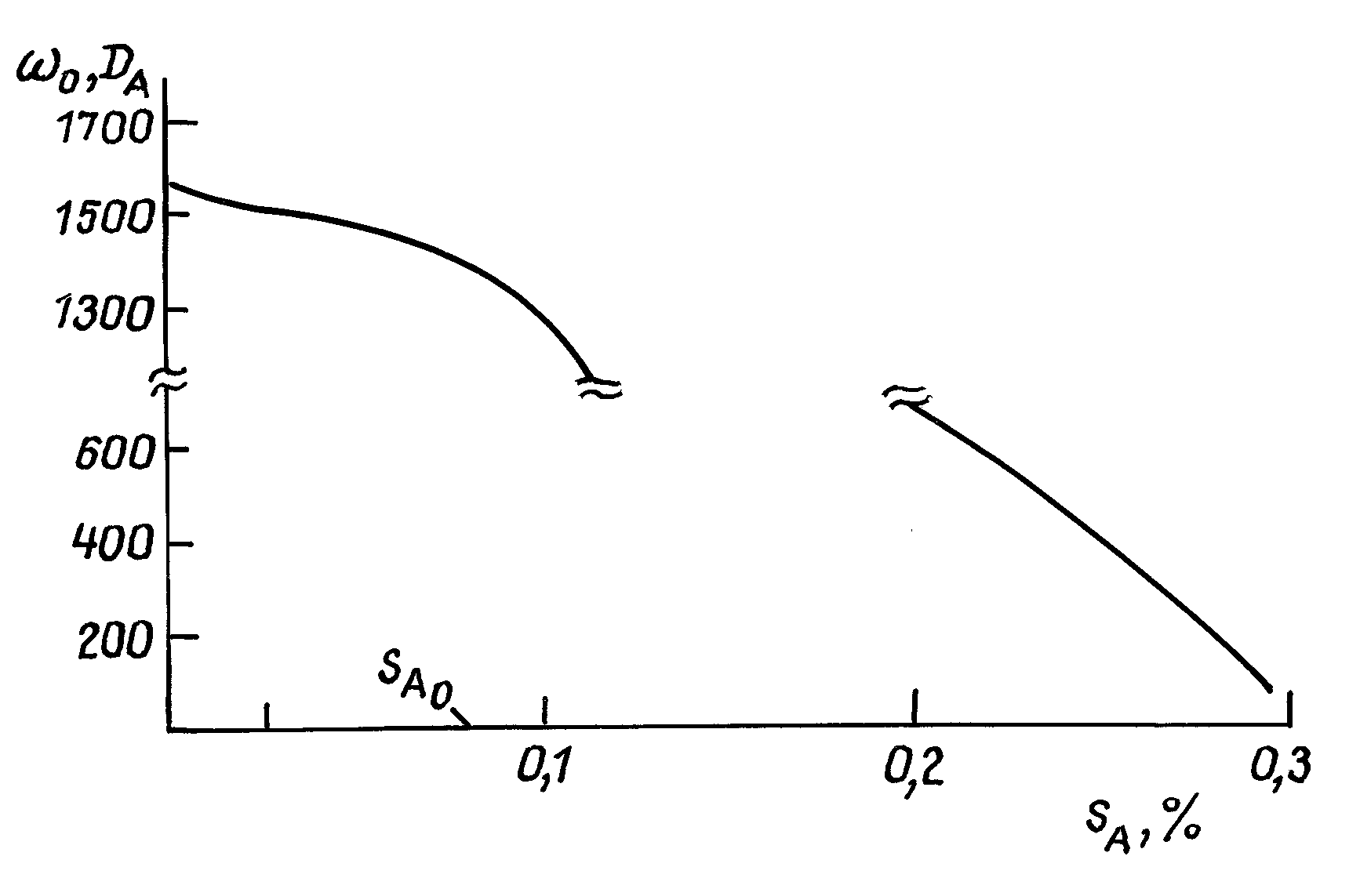
Fig.3 Damper coefficient of ATG -500 versus slip (rotor oscillation frequency Δfr=0)
4. Long distance HVAC transmission with ATGs/STGs. Calculations and experimental modelling of power systems have shown the adequacy of HVAC power transfer with stations equipped entirely with ATGs and uniformly distributed sources of reactive power. It is thought to be an alternative to HVDC transmission [4, 19]. The advantages of such transmission are the following: practically unlimited length; no problems of dynamic stability (ATGs have a limit only on speed, while STGs have a limit on angle); self-swinging and self-excitation are limited and do not constitute a problem, and in some cases (special ATG rotor design, control of ATG/turbine/STC) can be entirely avoided [4].
Four factors should be taken into account: 1) the quadratic dependence of electromagnetic power on bus voltage; 2) the independence of rotor speed on system frequency; 3) significant influence of self-regulation effect on units with ATGs, and weak influence in units with STGs; and 4) ATGs role as shunting reactors.
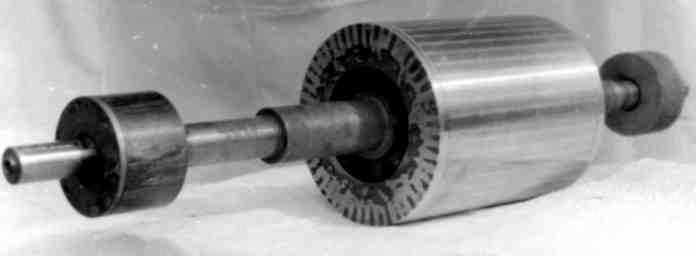
Fig.4. ATG solid rotor model with a copper squirrel cage, Z2=48.
Parameters of the model: РN =5кW, UN=230 V,
 , sн=0,75%.
, sн=0,75%.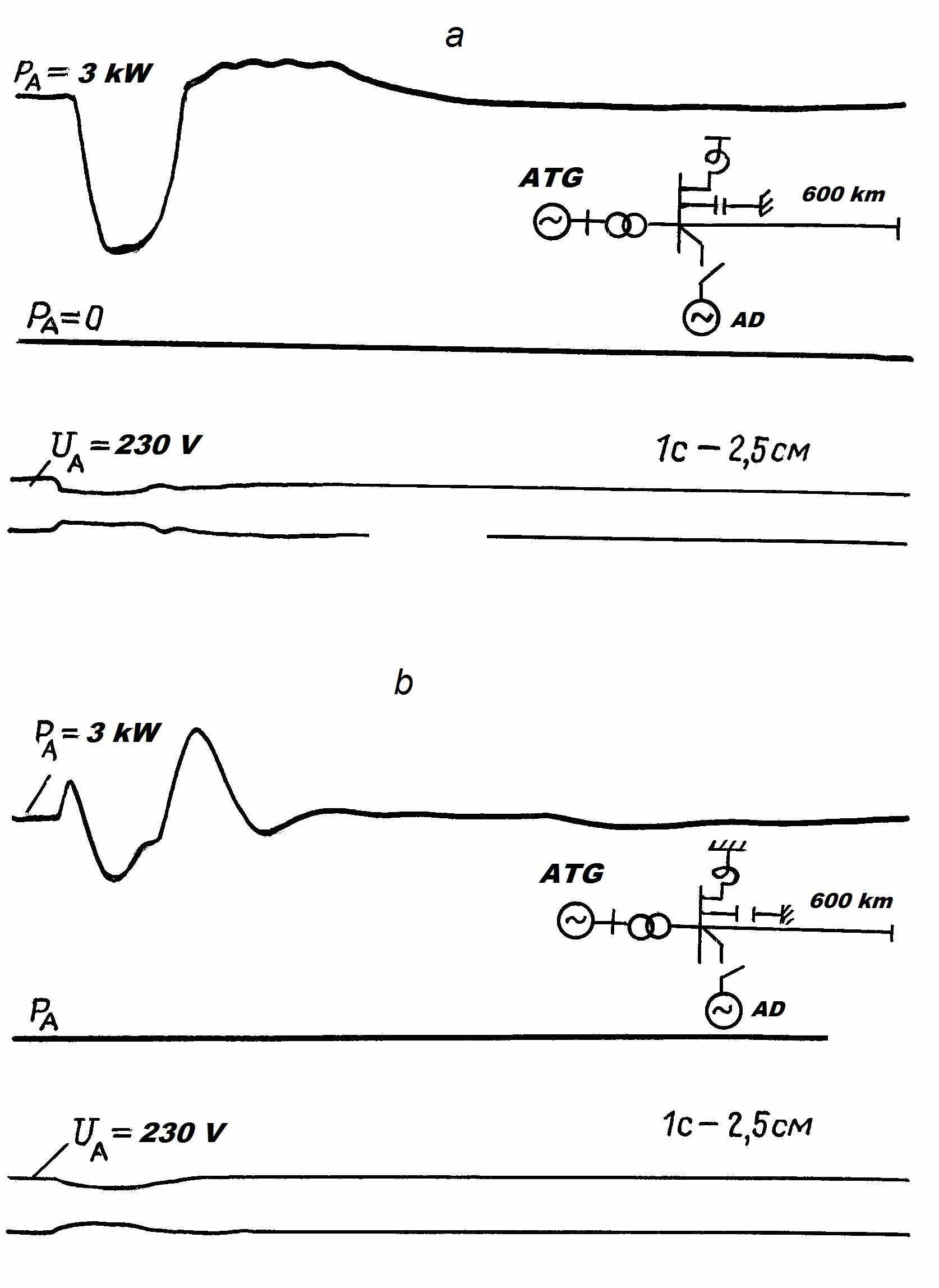
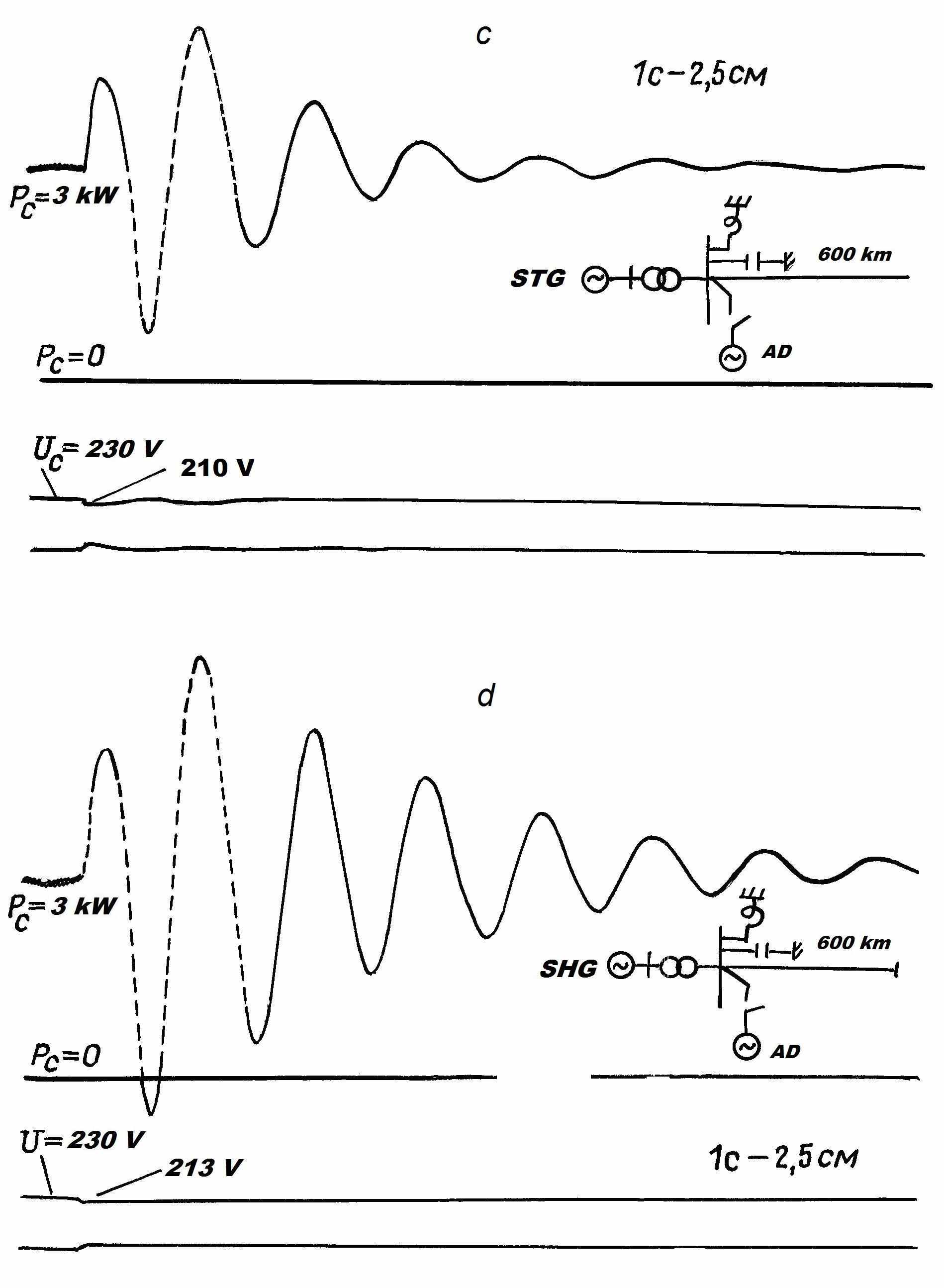
Fig. 5 Oscillograms of generator transients at load surge (8%РГ):
a - ATG with smooth solid rotor; b – ATG with copper squirrel cage rotor, Z2=48; c – STG;
d – synchronous hydro generator.
5. ATGs as natural dampers of EPS.
The most perilous are low-frequency oscillations in the range of 0.2-1.5 Hz, because they approach eigen frequencies of aggregates, while higher frequencies are not felt by the machines.
At present, the problem of damping the low frequency oscillations is being solved through the use of special circuits/regimes of power systems or the structure: laying additional transmission lines, changing the number of aggregates, employing automatic field control (AFC) and extra damping channels (mainly, rotational speed), etc.
One of the solutions can be the application of large ATGs. Due to their inherent properties and rotor design, they can perform the role of natural systemic dampers-stabilizers. The damping is provided by a solid rotor, whose parameters follow the alterations of the regime and work as a finely adjusted control.
In a multi-machine system, the most effective suppression of low-frequency oscillations is reached by introducing ATGs in units vulnerable to uncontrolled electromechanical oscillations. Such oscillations appear in the intersystems’ weak links, near the stations at the sudden changes of load, etc.
6. Experimental investigations. The experiments were conducted for modeling EPS regimes, with ATG models of various designs (smooth, toothed, with copper short-circuited cages 2=48 and 2=80). In Fig 4 and 5, the oscillograms of transients in EPS containing the ATG model with a copper squirrel cage (2=48) at a sudden switch of additional load on ATG/STGs busses are shown.
Conclusion
The analysis of dynamic regimes of power systems has shown high viability, reliability and damping properties of the solid-rotor ATGs. They can serve as reliable means of power generation and, at the same time, as efficient natural system dampers in modern and future EPS.
ATGs could compete with other means for electricity generation and transmission (such as HVDC), given the advantages they offer for HVAC power transfer. Experimental research conducted on electrodynamic models with various rotor designs confirm the theoretical results.
BIBLIOGRAPHY
[1] TRANS-CSP Study Report, 2006 (e/tt/trans-csp)
[2] Sokolov N.I., Sokolova R.H.. Provision of carrying capacity and stability of electric
transmission lines of 1500-3000 km by controlling their parameters. (Electrichestvo,
2004, №6)
[3] Maslennikov V. A., Ustinov S.M.. Low-frequency system oscillations and stability of
integrated electric systems. (RAS, Power, 2001, №4, pp.69-81.)
[4] Litkens I.V., Pugo V.I.. Oscillatory properties of power systems. (Moscow:
Energoatomizdat, 1988. - 216 p.)
[5] Allayev K. R. Regimes of electric systems with asynchronous turbo generators, (Т. 2005,
287 p.)
[6] Rayhert, Kauferle, Glyavich. Regulated reactor compensator for the electric
transmission systems of high voltage. (Moscow: Energiya, M. 1977, pp. 98-113 )
[7] Denetyev Y.A., Kochkin V.I., Melnikov A. G.. Application of controlled static devices
in electric networks. (Moscow: Electrichestvo, 2003, No. 9, pp.2-10)
[8] Postnikov I.M., Postnikov V.I., Ostapchuk L.B. Perspective asynchronous
turbogenerators with stator excitation (Izv. USSR Academy of Sciences, 1985. №2.
pp. 19-25.)
[9] Glebov I. A, Bikov V.M., Danilevich Y. B., Course of development of construction and
increasing operation reliability of turbogenerators (Izv. Academy of Sciences of USSR,
1983. №6. pp. 3-10.)
[10] Schastliviy G.G., Kovalenko V.P.. Main tasks of defining indices of turbogenerator
reliability at its designing, constructing and operation. Ways of increasing reliability
of AC electric machines: Thesis of a presentations at the Republican
scientific- technical seminar. (Kiev: IED, Academy of sciences, 1977. pp.6-9)
[11] Theory and methods of calculation of asynchronous turbogenerators. Ed. by I. M. Postnikov.
(Kiev: Naukova dumka, 1977. 176 p.)
[12] Klimann A. The Asynchronous Generator: Mirage in Electrical Engineering
(Proceedings IEEE. 1978. V.66. №8. P. 207.)
[13] Lishenko A.I., Lesnik V.A. Asynchronous machine with massive ferromagnetic rotor
of optimal geometry. (Kiev: IED, Academy of sciences, Preprint-175,1978. 54 p.)
[14] License №385423, Sweeden, Asinkronmacrin (Allmanna Svensra Elecktrikre AB) Madsen,
Application- 6. 09.74. Published 28.06.77.
[15] Kataoka M., Abe M. A large high-speed induction generator for recovering energy
from the top-gas pressure of last furnaces (Mitsubishi Elec. Adv. 1980. v.ll. pp. 21-
24.)
[16] Branet Y., Mazuer I., Renard M. Preliminary power tests of a superconducting alternator
(Cryogenics. 1980, v.20. №3 pp. 161-162.)
[17] Improved operation of hydro induction generators (Elec. Rew. (Gr. Brit). 1981. –
v.208. - №21. - p. 31.)
[18] Ostapchuk L.B. Elements of theory, calculation and design of large asynchronous
turbogenerators: Thesis for Kandidate of Science degree. (Kiev: 1975. 28 p.)
[19] Postnikov V.I.. Wave parameters of solid-rotor electric machines (Kiev: Naukova
dumka, 1986. p.181.)
[20] Fazilov Kh. F., Allaev K.R.. Asynchronous turbogenerators with stator excitation and
perspectives of its application. (Izv. Academy of Sciences, USSR. Energetika and
transport. 1985, No.2. pp. 12-18.)
[21] Allaev K.R. Asynchronous turbogenerators as natural damper-stabilizers of electric
power systems. (Izv.Academy of Sciences of Uz.SSR. A series of technical sciences,
1990, No. 4)
gmf@ied.org.ua, kahramon-allaev@mail.ru
